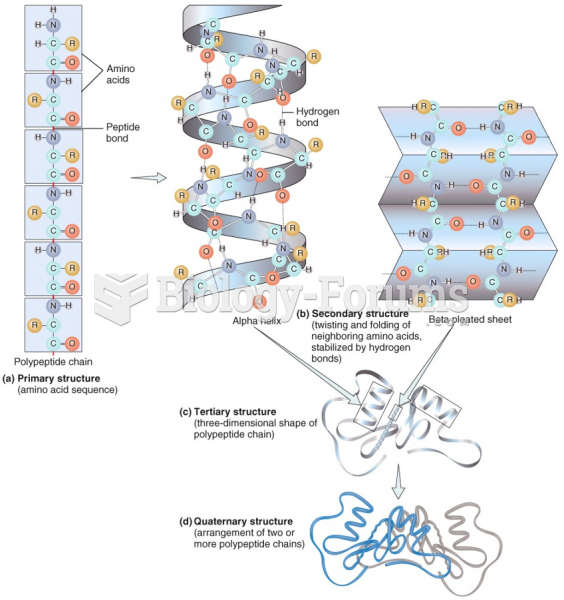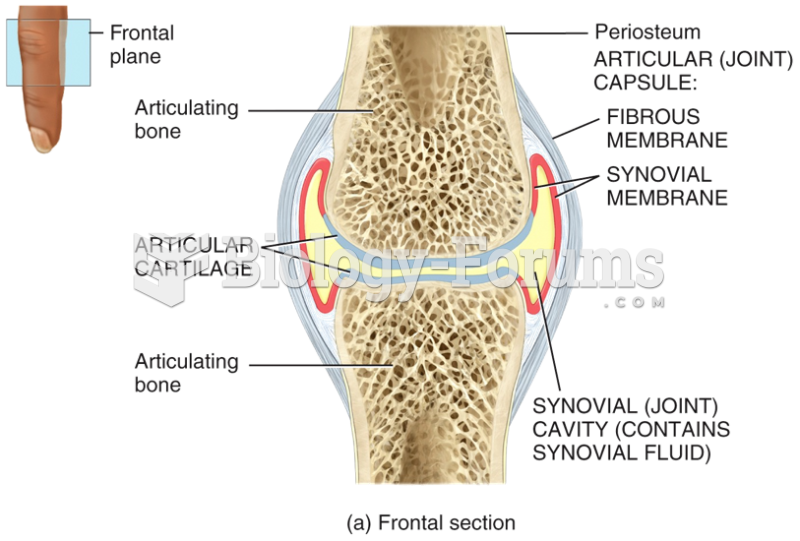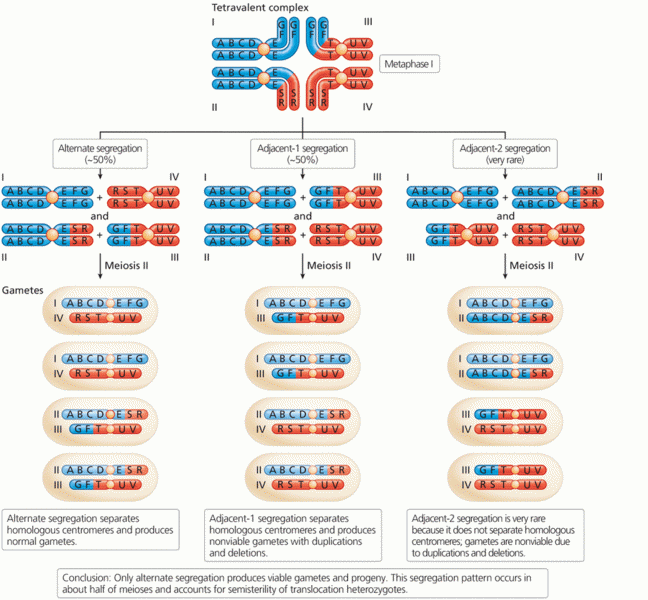Answer to Question 1
One of Woodward's goals in classifying technologies according to their technical complexity was to discover whether an organization's technology affected the design of its structure. On the basis of her findings, Woodward argued that each technology is associated with a different structure because each technology presents different control and coordination problems. Organizations with small-batch technology typically have three levels in their hierarchy; organizations with mass production technology, four levels; and organizations with continuous-process technology, six levels. As technical complexity increases, organizations become taller, and the span of control of the CEO widens. The span of control of first-line supervisors first expands and then narrows. It is relatively small with small-batch technology, widens greatly with mass production technology, and contracts dramatically with continuous-process technology.
The main coordination problem associated with small-batch technology is the impossibility of programming conversion activities because production depends on the skills and experience of people working together. The most appropriate structure for unit and small-batch technology is an organic structure in which managers and employees work closely to coordinate their activities to meet changing work demands, which is a relatively flat structure.
In an organization that uses mass production technology, the ability to program tasks in advance allows the organization to standardize the manufacturing process and make it predictable. A mechanistic structure becomes the appropriate structure to control work activities in a mass production setting, and the organizational structure becomes taller and wider.
In an organization that uses continuous-process technology, tasks can be programmed in advance and the work process is predictable and controllable in a technical sense, but there is still the potential for a major systems breakdown. An organic structure is the appropriate structure for managing continuous-process technology because the potential for unpredictable events requires the capability to provide quick, flexible responses.
Answer to Question 2
Joan Woodward identified three types of production technologies based on the level of technical complexity. Out of these three types of production technologies, continuous process technology is characterized by the highest level of technical complexity.
In continuous-process production, the conversion process is almost entirely automated and mechanized; employees generally are not directly involved. The task of employees engaged in continuous-process production is primarily to manage exceptions in the work process, such as a machine breakdown or malfunctioning equipment. The hallmark of continuous-process technology is the smoothness of its operation. Production continues with little variation in output and rarely stops.
Continuous-process production tends to be more technically efficient than mass production because it is more mechanized and automated and thus is more predictable and easier to control. It is more cost efficient than both unit and mass production because labor costs are such a small proportion of its overall cost. When operated at full capacity, continuous-process technology has the lowest production costs.
Organizations that employ continuous-process technology include companies that make oil-based products and chemicals, such as Exxon, DuPont, and Dow, and brewing companies, such as Anheuser-Busch and Miller Brewing.







